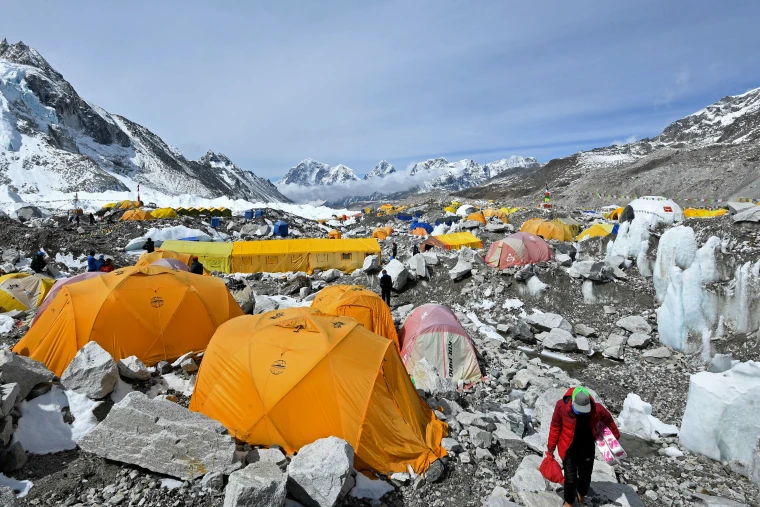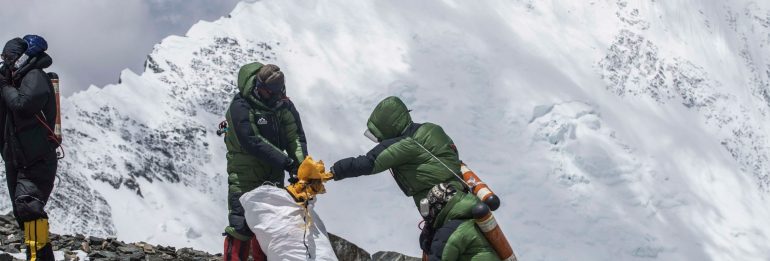Those wishing to conquer Everest continue to arrive, but sanitary conditions on the highest peak on the planet remain a problem. To protect the environment from waste pollution, local authorities have adopted a new rule: climbers are required to collect their excrement and take it to the base camp at the foot of the mountain. Thus, keeping Everest clean becomes a priority for all who strive to reach its summit.
Innovations in sanitation of mountain routes
"The problems with odor in our mountains have become obvious," said the chairman of the local municipality, Mingma Sherpa, in an interview with the BBC. “Complaints about excrement on the rocks are regularly received, which seriously damages our reputation.”
To address this problem, authorities have decided to introduce new measures for climbers climbing Everest and the neighboring peak of Lhotse. Now every climber will have to purchase special bags, similar to those used by dog owners. Upon descending the mountain, climbers will be required to present these bags for inspection by authorities to ensure they have taken all their waste with them.
Cleanliness at altitude: combating the environmental problems of mountaineering
During mountaineering, most of the time is spent at intermediate bases to acclimatize to the altitude. There are tents with toilets, under which there are tanks for collecting waste.
However, when the actual climb to the summit begins, no one carries portable toilets with them. Instead, climbers and their escorts dig holes in the snow. However, as the altitude increases, it becomes more difficult to find snow, as it simply blows away. As a result, you have to relieve yourself right on the rocks, where there is almost no soil.

Due to extremely low temperatures, for example, on Everest, down to -42°C was recorded, excrement practically does not decompose. Few climbers take their waste with them, since climbing requires enormous physical and time stress, and no one wants to think about carrying bags of excrement.
Although there has been an increasing number of slope clean-up campaigns recently, including an annual operation involving the Nepalese Army, the problem of pollution on Everest and other peaks remains pressing and requires attention.
An environmental problem: excrement and sanitation on Everest
Sagarmatha Pollution Control Committee (SPCC) director general Chhiring Sherpa notes that waste remains a major problem in high-altitude camps where access is difficult. The SPCC estimates that about three tons of excrement are scattered between Everest's lower and uppermost camps, with most of it believed to be concentrated in the area of "South Col" or Camp Four. International instructor Stephen Keck notes that South Col has long been known as an "open type" toilet, since at this altitude there is practically no snow, but human excrement is visible everywhere.

According to the local municipality of Pasang Lhamu, the SPCC has placed an order from the United States for about 8,000 special bags prepared for 400 foreign climbers and 800 companions who are expected to take part in the climbs in March, when the season opens. Inside these bags there is a special product that makes the excrement hard for easy carrying and virtually eliminates the unpleasant odor.
Climbers typically spend about two weeks in the upper camps acclimatizing before reaching the summit, each passing an average of about 250 grams of feces per day. “Based on this data, we plan to give everyone two sachets, which they can use five to six times,” explains Chhiring Sherpa. “This is a truly positive step and we are ready to do everything possible to make it a success,” adds Dambar Parajuli, president of the Expedition Operators Association of Nepal (EOA). In his opinion, Everest should become a model project, which, if successful, can be extended to other mountain ranges.

